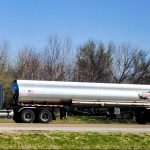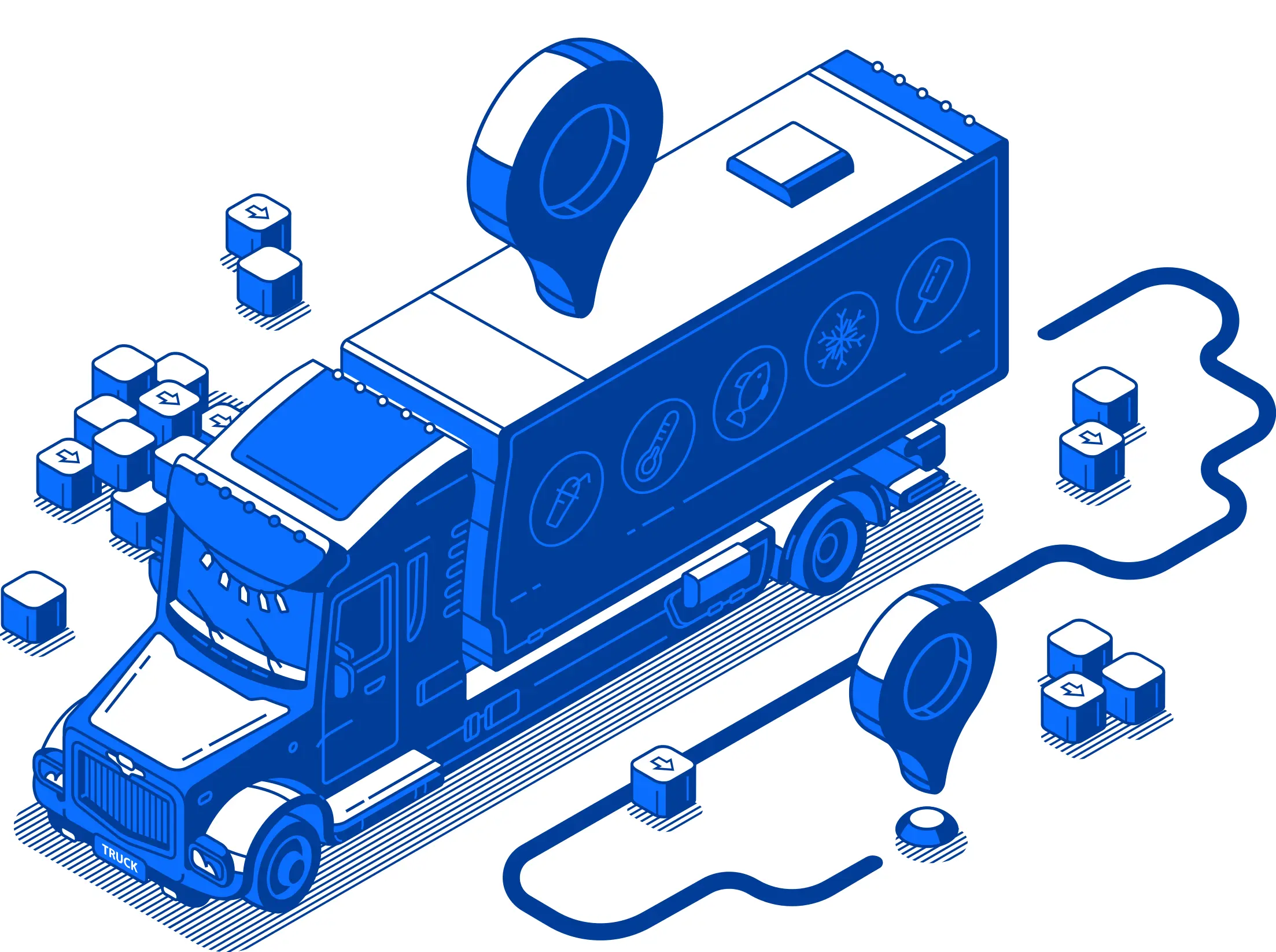Why do many trucking firms haul Federal Emergency Management Agency (FEMA) loads? The thought of delivering items that people need after a massive storm or other emergency is a big part of the appeal. The generous compensation is another.
Most trucking firms report average rates of $1.50 to $2.50 a mile. It’s not unheard of to get FEMA loads paying upwards of $5 per mile. That makes them appealing. There are things to consider, however. After a hurricane, earthquake, wildfire, or other natural disaster, roads may not be clear. That can lead to hurdles you’re not considering.
Saint John Capital makes it easy to haul any types of loads with our online, mobile account management and easy bill of lading upload feature.
Situations That Drive Up Your Costs
When you’re hauling FEMA loads, some situations can impact the money you make. Consider these before bidding on loads.
A natural disaster impacts the area, making it challenging for your drivers. Damage to the roads may limit the possible routes to get in and out of a city or town. Power will be out for days or weeks. Phone lines are often down, and cell towers are just as likely to be down. Open truck stops and grocery stores will be few and far between.
While FMCSA’s Hours of Service rules may be changed during a natural disaster, it’s not guaranteed. You need to check the current regulations and ensure your drivers follow them. The Educational Tool for Hours of Service calculator can help. Knowing how many hours they can drive without a break is essential, as they may struggle to find a safe place to pull over and park for breaks. If your driver has driven too many hours and can’t find a place to take a break or get some sleep, it’s a tough situation.
Gas stations are also among the businesses likely to be shut down. Your drivers have to be careful about fueling up when there’s an opportunity. If your driver is delayed dropping off the load and runs out of gas, it can be difficult to find a station nearby.
As your drivers near the area that was hit by a storm or other natural disaster, they need to use common sense. If the primary route you planned is underwater, they should not risk it. It’s better to call and see if there’s another route or if they need to wait. If they see power lines down, they need to contact the fire department and wait for an all-clear before driving over those lines.
You’re not the only firm bringing supplies to a hard-hit area. Everyone tries to get there as quickly as possible, so you have dozens of trucks lined up waiting to drop materials and supplies off. Your drivers may be waiting days to offload their trucks. That means you’ll have at least one truck out of commission until it’s unloaded and back out on the road. This may not be a big deal if you’re a large firm, but a trucking company with three or four trucks could find this drastically impacts their revenues.
With a typical haul, you can pick up a new load before heading back home. You end up getting paid for transporting items there and back. A city or town that’s been hit by a natural disaster isn’t likely to have items that need transporting. Your driver will have an empty trailer or box for all or part of the trip. You have to make sure the trip pays enough to cover any loss through deadheading.
How Do You Get Started?
You have to apply to become a FEMA-approved hauler. If you were not approved for the past year, you have to reapply for the following year. Approval runs from May 1 to April 30. Transportation Service Providers (TSPs) approved now will not start hauling FEMA loads until May 1, 2022. To apply, you have to read three guides.
- 2022 FEMA Standard Tender of Service
- FEMA Uniform Rules Tariff No. 400
- S. Government Freight Transportation Handbook
Next, you’ll go into SAM.gov and verify that your registration is current and active. If you do not pass this step, you need to get your registration active and current. If you pass this requirement, you will complete FEMA’s Logistics Supply Chain Management System User Request Form. Fill it out and make sure you’ve completed everything correctly. The form contains one section that asks for:
- Your company’s name, SCAC, DUNS, and contact information
- A single point of contact for the business (Email and phone)
- The type of transportation your company provides and modes of transportation you use
Once you’ve filled this out, print your name, the supervisor’s name, and both of you need to sign it. Include this form with a FEMA TSP Agreement and Certification Statement, proof of cargo insurance coverage that meets the $300,000 minimum, and the SCAC Assignment Letter. Plus, TSPs who plan to transport temporary housing must provide documentation proving a minimum of one year of experience moving TTHUs.
Haulers must follow the guidelines when it comes to billing for FEMA loads. The government prefers commercial bills of lading, but U.S. Government forms 1103 or 1203 are also acceptable when shipping internationally or for privately-owned personal property. You cannot issue a bill of lading after the shipment has been delivered, and you cannot submit duplicates of the same bill of lading.
What should a bill of lading include when you’re transporting goods for the government?
Generally a bill of lading for the government must include:
- SPLC
- Consignee information
- Shipper’s name and address
- Appropriation Chargeable
- Route
- Billing information
- Agency Location Code
- Description of Items
- Weight
- Pick-up Date
- Tariff/Special Rate Authority
- Trailer/Box Size (Both the size ordered and the size furnished by the TSP)
- Assigned route number
- Any special services requested/required
It’s up to you to make sure you have the proper documents if you’re getting paid for the shipments you haul for FEMA. It also takes time to get paid. If you’re waiting months for payment, you have to consider whether you can wait that long to get the money you’re owed.
Your drivers must carry identification that makes it clear they are your employees. Your company name has to match the bill of lading and their identification. They must also have a CDL, medical qualification card, and documentation that proves they comply with DOT regulations. The documents must be in English and impossible to alter.
When your driver arrives, the shipper or consignee has to be allowed to complete an inspection before loading or unloading the truck. If any issues are found, they must be corrected before the freight is loaded. If a truck breaks down en route, you must contact FEMA to find out how to proceed and if FEMA will reimburse the repairs or not. If FEMA agrees to pay, your driver must get an itemized receipt on the repair shop’s letterhead.
What If You Can’t Wait?
Sometimes, you just cannot wait. You have fuel to buy, drivers waiting for their wages, truck repairs to pay for, and business expenses to cover. You need cash now, but the government isn’t paying as quickly as you need. Have you thought about invoice factoring as a way to get the money that’s due right now?
Saint John Capital offers several things that many freight factoring companies miss. First, we provide 100% factoring advances. Most companies pay you 90 to 95% of the money you’re owed. We’ll advance the entire amount. Our fees are also the lowest you’ll find. Enjoy the benefits of getting paid the same day that freight is delivered. Create an online account today.











